I grew up in a house where iced coffee was made by pouring the hours-old leftovers from the coffee pot over a glass of ice. Maybe a little milk was added, or if you were feeling extra fancy, a splash of flavored creamer. Embarrassingly far into adulthood (before Keurig came along and cramped my style), that’s how I made my “cold brew.” For years, this was how I drank my warm-weather coffee. But oh, did I have it wrong.
But what is cold brew coffee? In case you’re unaware, cold brew, real cold brew, is made using an entirely different method than hot coffee. While hot coffee is generally made by running hot water through finely ground coffee beans to make the tried-and-true drip coffee, cold brew is made more like our grandmothers made sun tea—set to steep for a while, becoming flavorful and delicious on its own with nothing added but love, water, and time.
The result is a much smoother, silkier, bolder, and more flavorful cup of morning magic. When coffee is steeped this way, much of the bitterness is smoothed to be much gentler on the palate, allowing you to really taste the flavor of the beans in a whole new way. So, let us tell you how to make cold brew at home.
How to make cold brew coffee
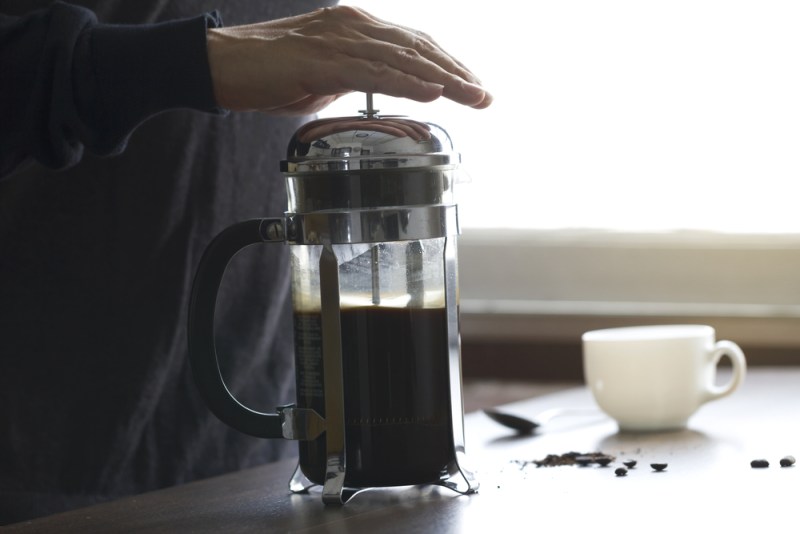
Our favorite method of making cold brew coffee involves nothing more than a good old-fashioned French press.
Ingredients
- 2 cups coffee beans
- 3 1/2 cups filtered water
Method
- Grind coffee beans to a medium/coarse consistency.
- Add coffee grounds to a large French press and add water, stirring to combine.
- Cover and refrigerate for 12 to 24 hours.
- Place the lid on the French press and slowly press the plunger down.
- Pour the cold brew into a pitcher and discard the grounds.
- Serve plain or with any desired add-ins, such as milk or sweeteners.
- Store in the refrigerator for up to one week.
There are plenty of gizmos out there, like cold brew coffee makers, jugs, and infusers, but there’s no need for these. Like many needless kitchen tools, these accessories end up being shoved into the back of the pantry, never to be seen again.
Cold brew coffee tips and tricks
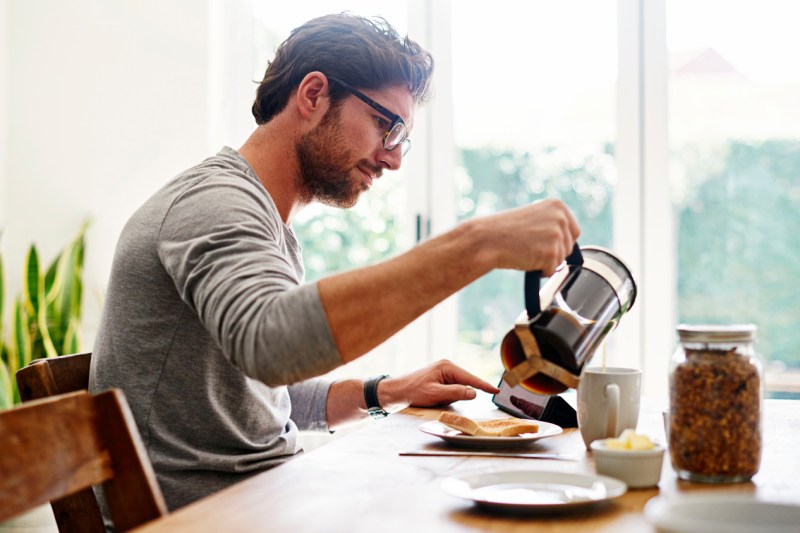
- Cold brew cubes are an easy solution if you’re not a fan of watered-down coffee. Freeze some of your leftover cold brew in ice cube trays and use them instead of regular ice. Problem solved!
- While finely ground beans are perfect for hot coffee, you’ll want a coarser ground for cold brew. Cold brew with finely ground coffee beans can easily become muddy or overly infused.
- While it isn’t necessary, filtered water makes for the best coffee flavor, be it regular or cold brew. A simple filter like Brita works for this.
- If you don’t have a French press, this process can be easily done without one. Steep your grounds and water in a jar or pitcher in the fridge. After 12 to 24 hours, strain the liquid through a strainer and cheesecloth, filtering out all the grounds.
Choosing the right grounds for cold brew coffee
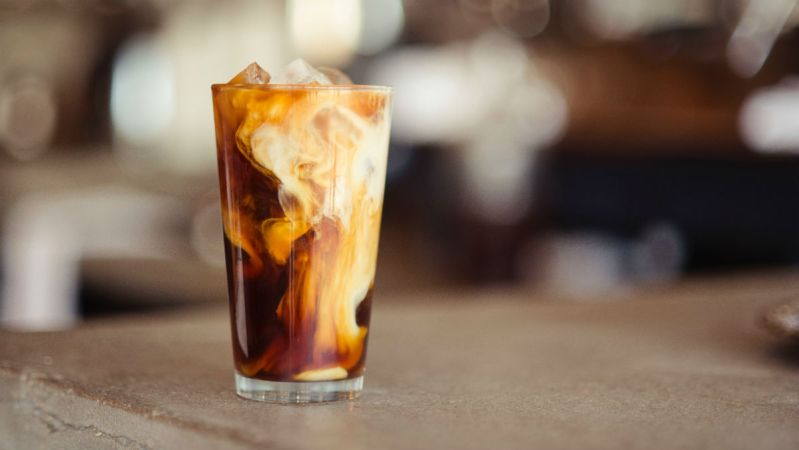
To make the best cold brew, you need to start with the best coffee, and we’ve got some suggestions for the best cold brew coffee grounds to help you make the perfect cup.
Hikers Brew Coffee

Hikers Brew Coffee started in Wisconsin in 2016, and the company focuses on creating great coffee from sustainable sources. It roasts all its coffee in-house and has a variety of roasts and flavored coffees, including “Yurt Dirt,” Hikers Brew’s dark roast that the company says is “robust, flavorful, and just like your favorite campfire flannel, has the perfect hint of smoke.” As part of its mission to be sustainable, Hikers Brew packages all of its coffee in multiuse and compostable packaging designed to be the perfect complement on your next outdoor adventure.
Fire Dept. Coffee
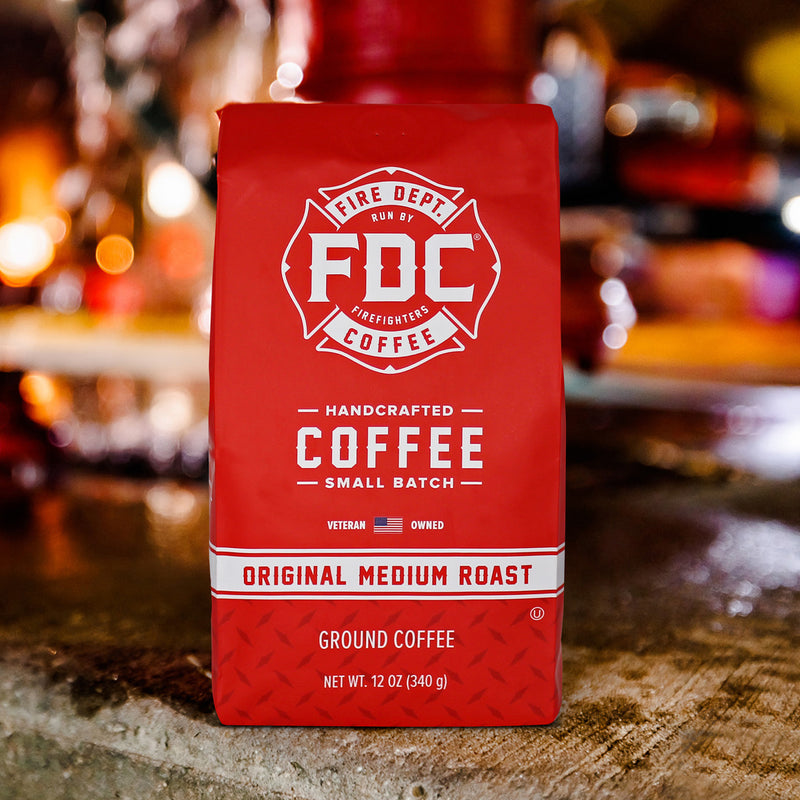
A veteran-owned business, Fire Dept. Coffee started in Illinois in 2016 and was inspired by how important coffee is to firefighters and first responders working long shifts. The company is run by active and retired firefighters and first responders and offers a wide variety of whole beans, grounds, and pods, and it even has ready-to-drink varieties.
What sets Fire Dept. Coffee apart is its line of spirit-infused coffee. The blends, which are infused with bourbon, whiskey, rum, or tequila, come in a wide variety of flavors. The green coffee beans are infused with the liquor and then roasted. While the alcohol cooks off during the roasting process, the taste and aroma remain.
Steeped Coffee
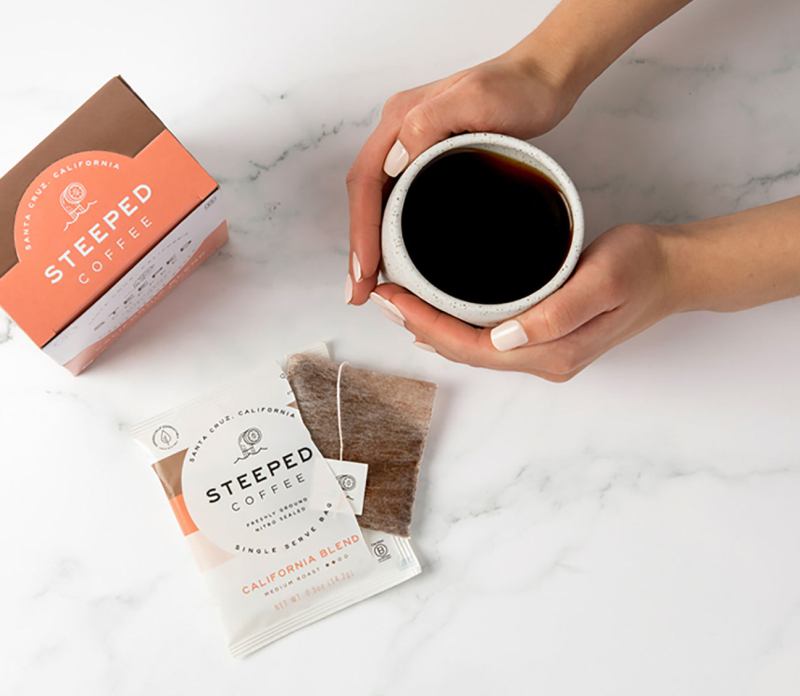
Steeped Coffee was designed with travelers in mind. If you don’t want to rely on hotel room coffee when you’re traveling (and who does?) but you want to pack light, Steeped Coffee has the solution. Steeped Coffee comes in single-serve brew bags, similar to tea bags and they’re made from fully compostable packaging. Just put the bag in hot water and brew a great cup of coffee in just a few minutes.
You don’t need hot water, as Steeped Coffee also offers a cold brew kit with eight-pack brew bags and a cold brew mason jar. The Company offers a variety of blends and flavors, including French roast and decaf.
Four Sigmatic

Four Sigmatic’s Organic “Think” Cold Brew Coffee is a roast specially designed to make delicious cold brew. This blend sets itself apart from other options, as it features an infused lion’s mane mushroom and prebiotic yacon for enhanced mental focus, a boost of energy, and improved mood. Ground mushroom coffee is a great option to consider if you want to improve your health and wellness, all while still sipping on a delicious cup of coffee.
This dark roast features notes of dark chocolate, perfect for crafting rich cold brew. To make Four Sigmatic’s cold brew blend, just mix coffee grounds with cold water and stir well. Place your mixture in the fridge overnight or for up to one day. Strain the coffee grounds and enjoy a delicious, full-bodied cup of cold brew.
Bizzy Cold Brew

Made from organic certified Arabica beans, Bizzy offers a variety of coarse ground roasts made specifically for cold brew coffee making. From the Dark & Bold roast to the Breakfast Blend, you can find nearly any type of coffee to make into a quality cold brew in Bizzy’s product line.
In addition to bags of coarse-ground coffee, Bizzy also offers coffee in individual brew bags, which makes brewing cold brew at home even easier. To brew, simply steep a bag in cold water and wait for 14 to 20 hours while the cold brewing process takes place. The convenience of these pre-measured coffee bags is a great option if you’re new to making cold brew coffee.




